The Monaco grand prix circuit is a heck of a place to choose for your first drive of an unfamiliar prototype that introduces a revolutionary by-wire steering system and a rectangular steering ‘wheel’.
Peugeot’s brand new Hypersquare steering system was previewed by the radical new Polygon concept that was revealed last week. The system, likely to be offered as an option on most models of the forthcoming new 208 for 2027, is the next step beyond the i-Cockpit design the firm introduced 13 years ago. That consisted of a then-rare small-diameter steering wheel, set low in a new-design fascia so the instruments were viewed over the wheel rather than through it.
Company bosses claim big success for the i-Cockpit, having sold 13 million so-equipped cars since it first appeared in the 208. They also point to the fact that the 308, another popular i-Cockpit car, currently attracts 73% repeat business.
Driving with Hypersquare is a fascinating experience, conventional and revolutionary by turns. Your fingers curl comfortably around an odd-looking, fairly thick, unusually shaped ‘wheel’ with four fist-sized holes set into it, each containing normal fascia switchgear worked by touch. The theory is that you can work nearly all of the car’s major functions without needing to remove your hands from the controls, Formula 1-style.
In essence, the steering offers a ratio that varies widely between a fairly typical 16:1 at speeds above 50mph but quickens as much as five times at low speeds to add remarkable agility when manoeuvring. Effort is a little heavier than in the current i-Cockpit to make the business of adding lock a bit more deliberate; this could, however, be changed before production.
My prototype drive proved, within a mile or two, that most drivers will acclimatise pretty quickly to Hypersquare’s USP of offering much more turning response than they’re used to at lower speeds and in sharper corners. Once you’re acclimatised, all the wheel-winding of a normal car feels a bit… silly.
After a few miles in a Hypersquare-equipped 2008 prototype, I was left with the feeling of much-enhanced sportiness. Peugeot tech expert Arthur Megy, who has worked on this for seven years, reckons it’s “the future of driving pleasure”.



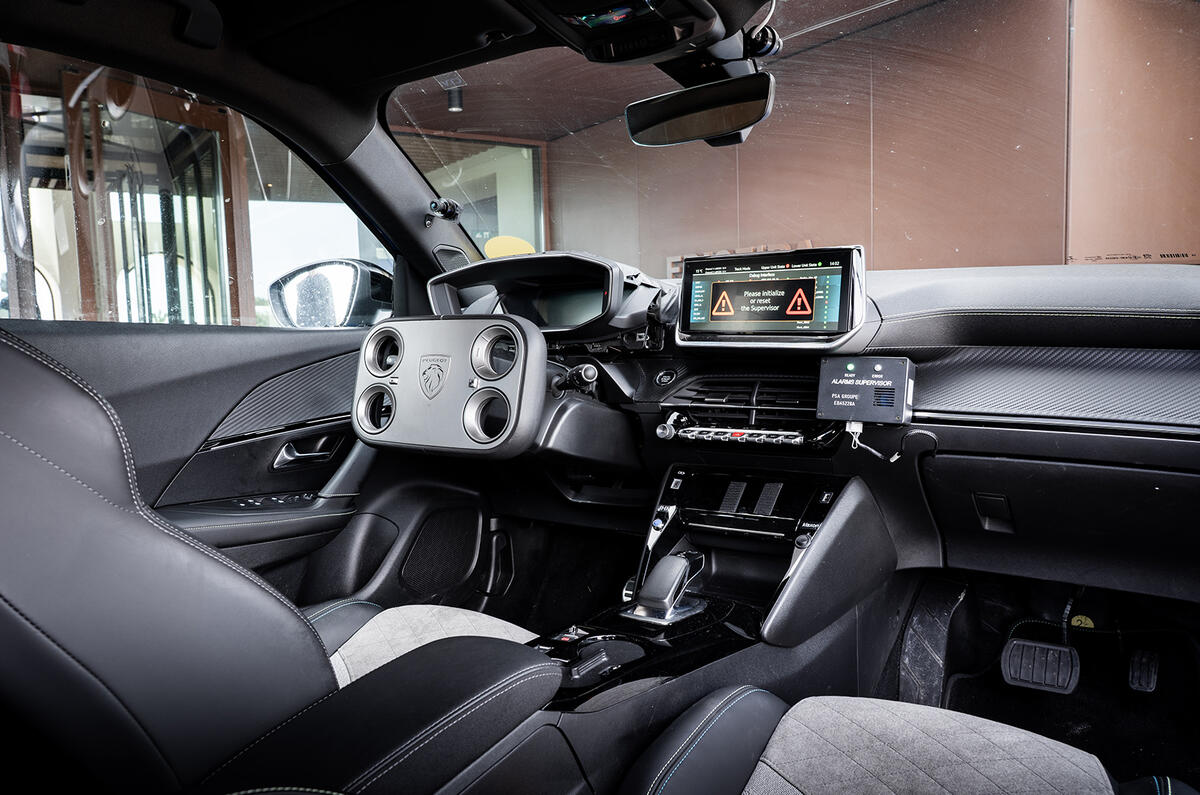

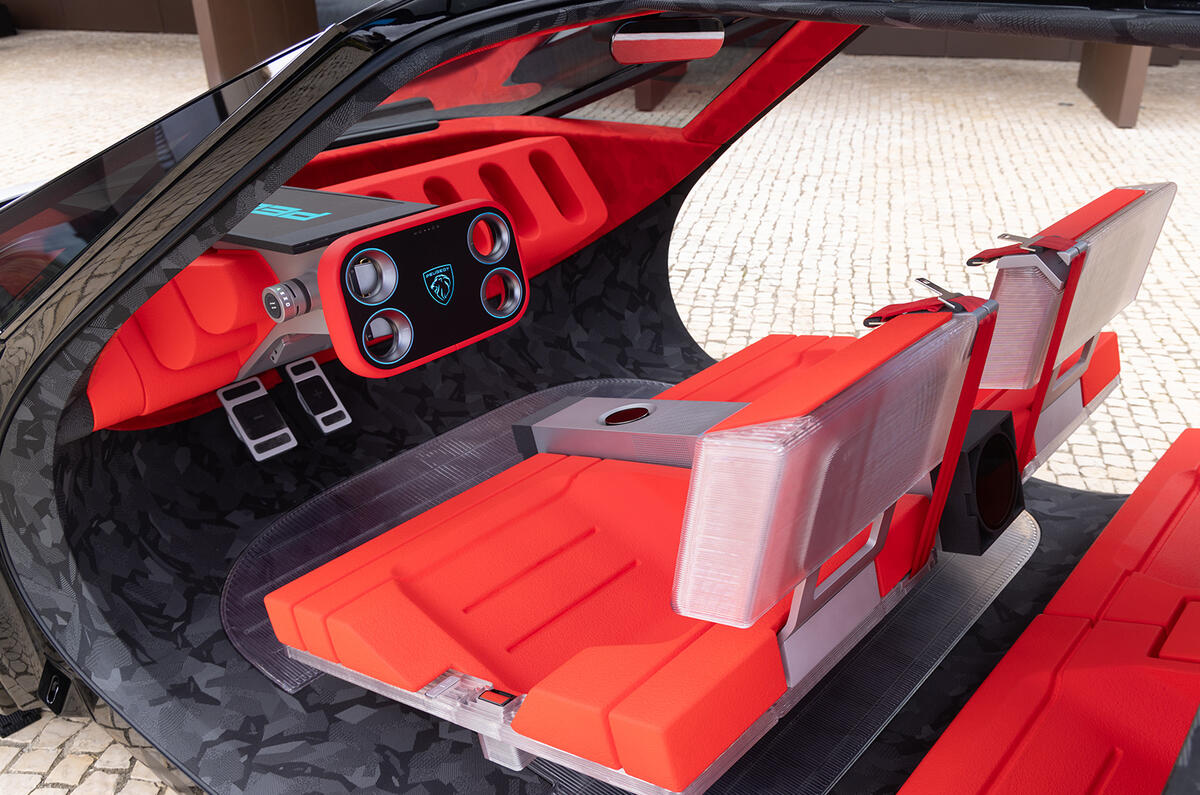

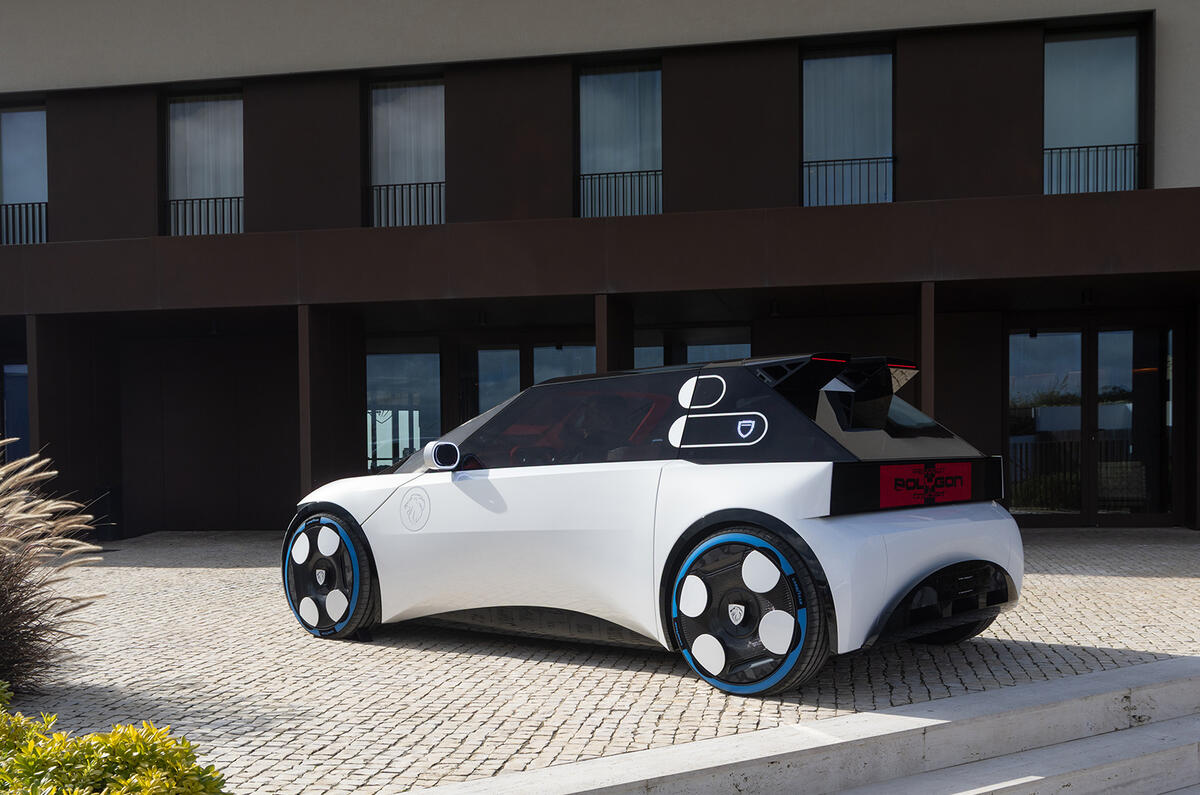
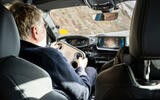
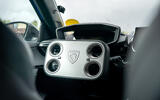
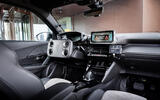


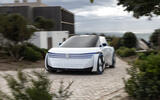
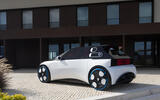

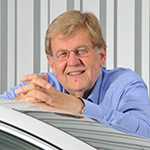





Join the debate
Add your comment
The Japanese had this set-up with a PlayStation type wheel to emphasise the new steering system, I see Peugeot have gone for the Austin Allegro "quartic" set-up to emphasise the new steering mechanism.
Ever-increasing complexity in solving problems no one perceived as such.More and more intermediation between driver and vehicle.Increasing doubts about reliability and (inevitably) rising costs.Are you sure that customers of a generalist car manufacturer really demand this?